From the Open-Publishing Calendar
From the Open-Publishing Newswire
Indybay Feature
Plainclothes Police at the March for Our Lives in St. Paul
On September 2nd in St. Paul, the Poor People’s Economic Human Rights Campaign (PPEHRC) brought together poor and homeless people of every race, background and age, students, social workers, union members, lawyers, religious leaders, artists and others who stand for social and economic justice. The PPEHRC raised their voices in the “March for Our Lives" to demand “Money for Health Care and Housing, Not for War!”
The rally held at Mears Park and the march that followed were heavily infiltrated by plainclothes law enforcement officers.
The rally held at Mears Park and the march that followed were heavily infiltrated by plainclothes law enforcement officers.
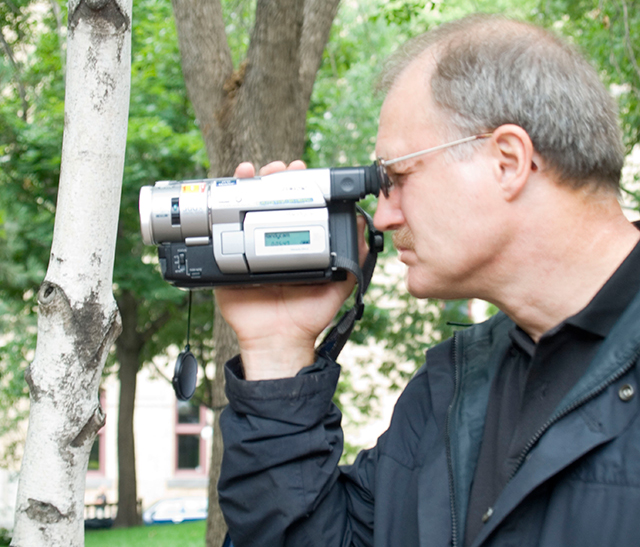
Interview with Undercover Infiltrators at the March For Our Lives in St. Paul, 9/2/08: video
http://www.indybay.org/newsitems/2008/09/03/18532509.php
How do you know they are cops?
By the way they act.
By the way they dress.
By their own confirmations.
By their responses to questions.
By them coming after me and taking photos.
By the way they methodologically film individuals.
By them getting into a car with someone wearing a badge.
From wikipedia:
Plainclothes Law Enforcement
"Undercover agents should not be confused with law enforcement agents who wear plainclothes. This method is used by police and intelligence agencies. To wear plainclothes is to wear "ordinary clothes", instead of wearing a uniform typically associated with the occupation, in order to avoid detection or identification as a member of law enforcement. Plainclothes police officers typically carry normal police equipment and identification. Police detectives are often assigned to wear plainclothes instead of the uniform typically worn by their peers. The principal difference is that undercover agents will often work under an assumed identity whereas plainclothes police will normally use their own identity."
You can learn more about plainclothes police, undercover agents as well as agents provocateurs:
http://en.wikipedia.org/wiki/Undercover
http://en.wikipedia.org/wiki/Agent_provocateur
http://www.indybay.org/newsitems/2008/09/03/18532509.php
How do you know they are cops?
By the way they act.
By the way they dress.
By their own confirmations.
By their responses to questions.
By them coming after me and taking photos.
By the way they methodologically film individuals.
By them getting into a car with someone wearing a badge.
From wikipedia:
Plainclothes Law Enforcement
"Undercover agents should not be confused with law enforcement agents who wear plainclothes. This method is used by police and intelligence agencies. To wear plainclothes is to wear "ordinary clothes", instead of wearing a uniform typically associated with the occupation, in order to avoid detection or identification as a member of law enforcement. Plainclothes police officers typically carry normal police equipment and identification. Police detectives are often assigned to wear plainclothes instead of the uniform typically worn by their peers. The principal difference is that undercover agents will often work under an assumed identity whereas plainclothes police will normally use their own identity."
You can learn more about plainclothes police, undercover agents as well as agents provocateurs:
http://en.wikipedia.org/wiki/Undercover
http://en.wikipedia.org/wiki/Agent_provocateur
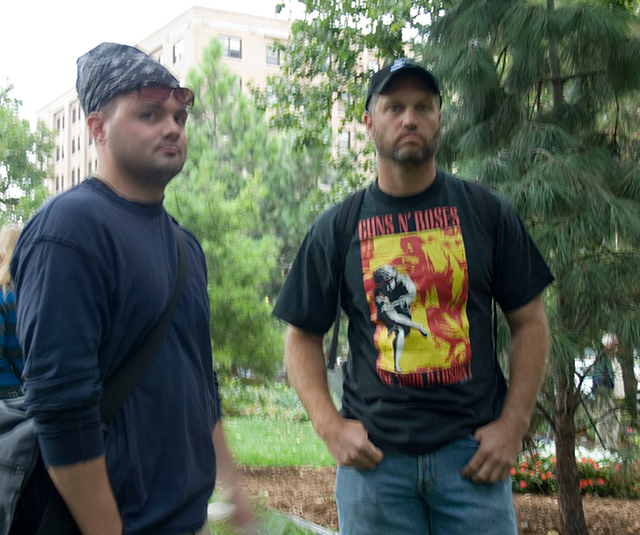

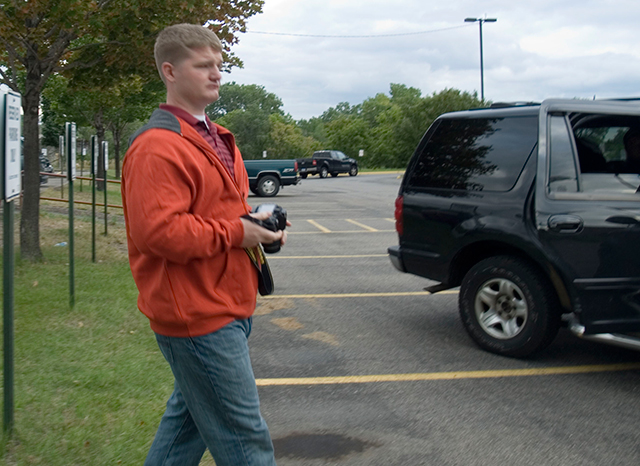

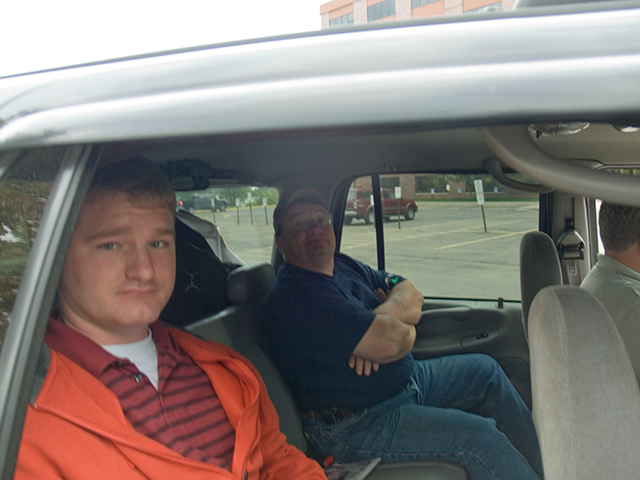
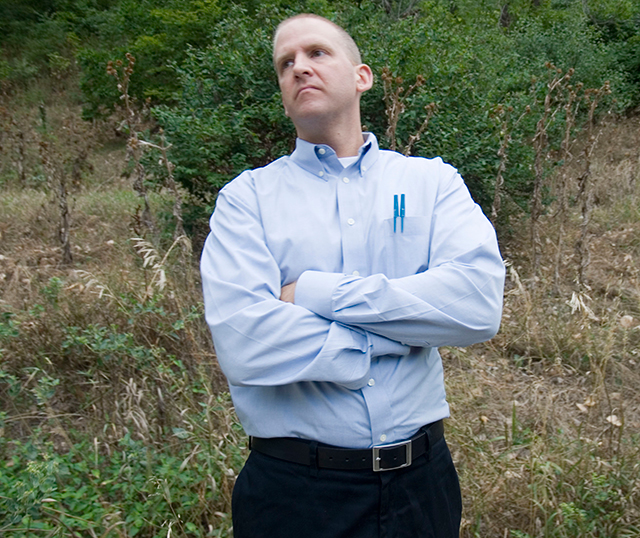
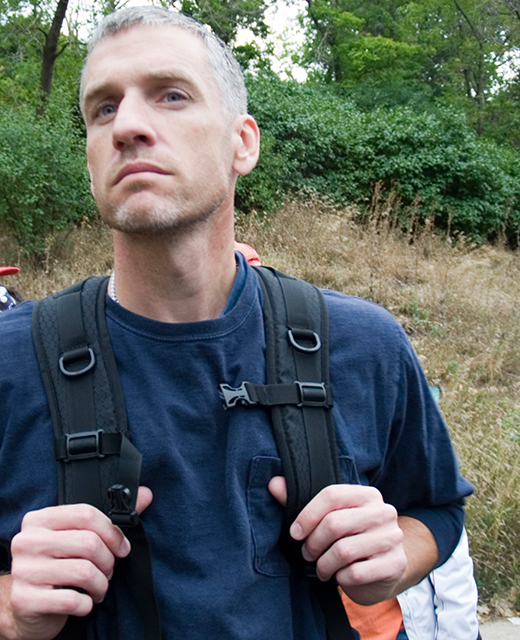
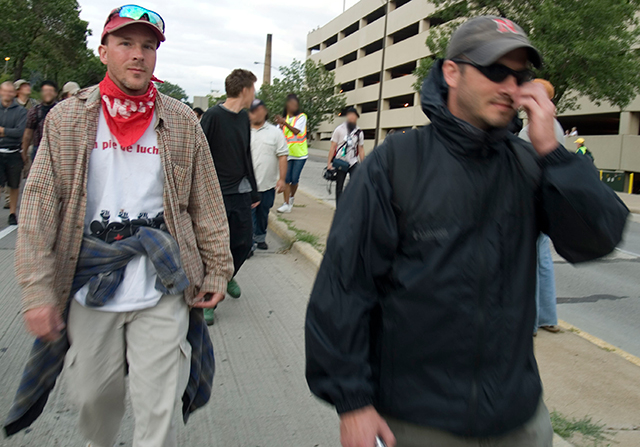
Add Your Comments
Latest Comments
Listed below are the latest comments about this post.
These comments are submitted anonymously by website visitors.
TITLE
AUTHOR
DATE
way more than this
Sun, Sep 7, 2008 6:46AM
very apparent
Thu, Sep 4, 2008 10:36PM
We are 100% volunteer and depend on your participation to sustain our efforts!
Get Involved
If you'd like to help with maintaining or developing the website, contact us.
Publish
Publish your stories and upcoming events on Indybay.
Topics
More
Search Indybay's Archives
Advanced Search
►
▼
IMC Network


